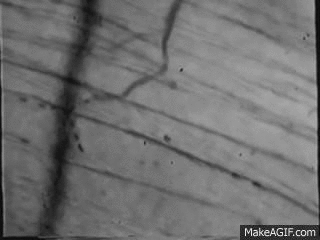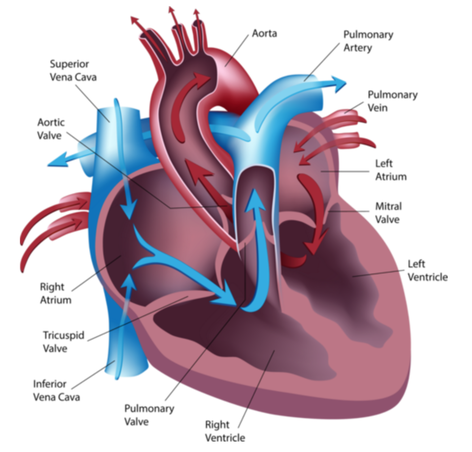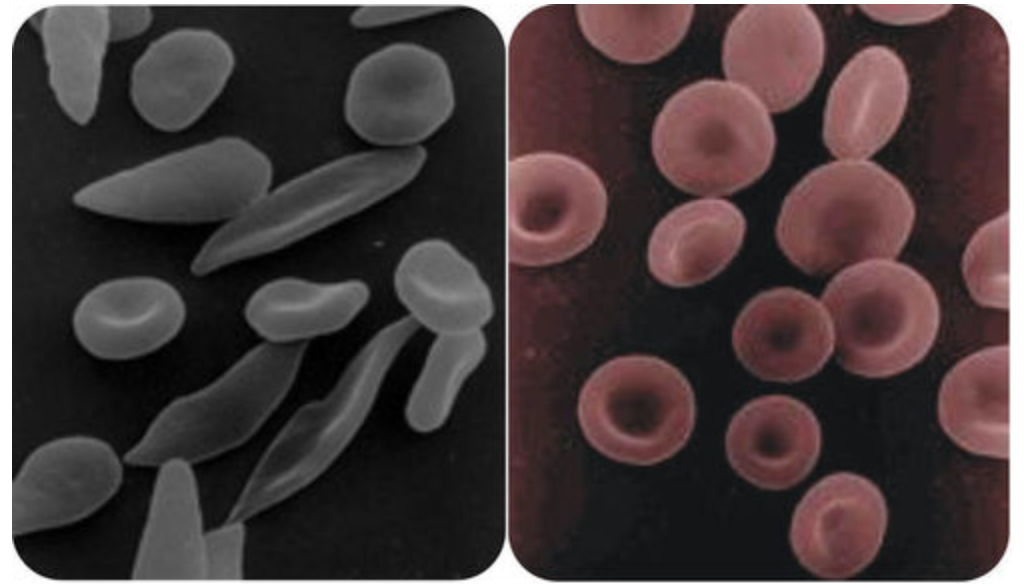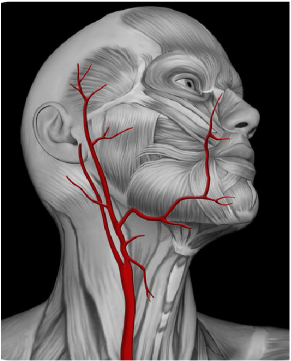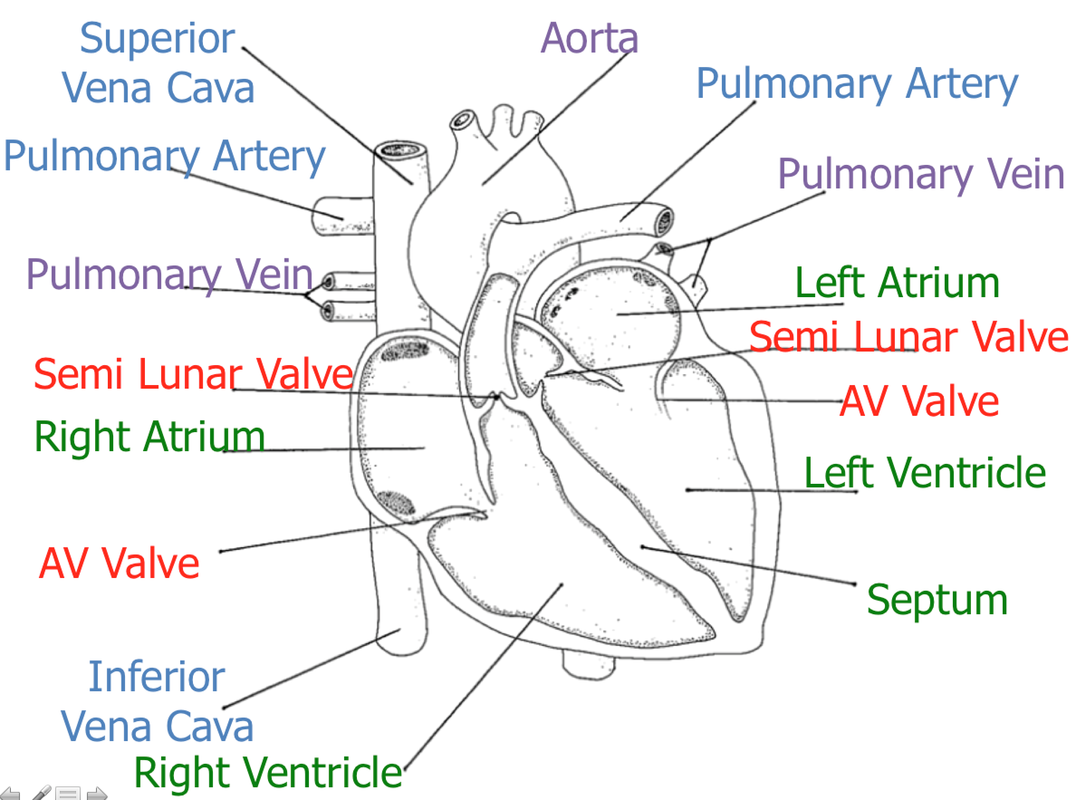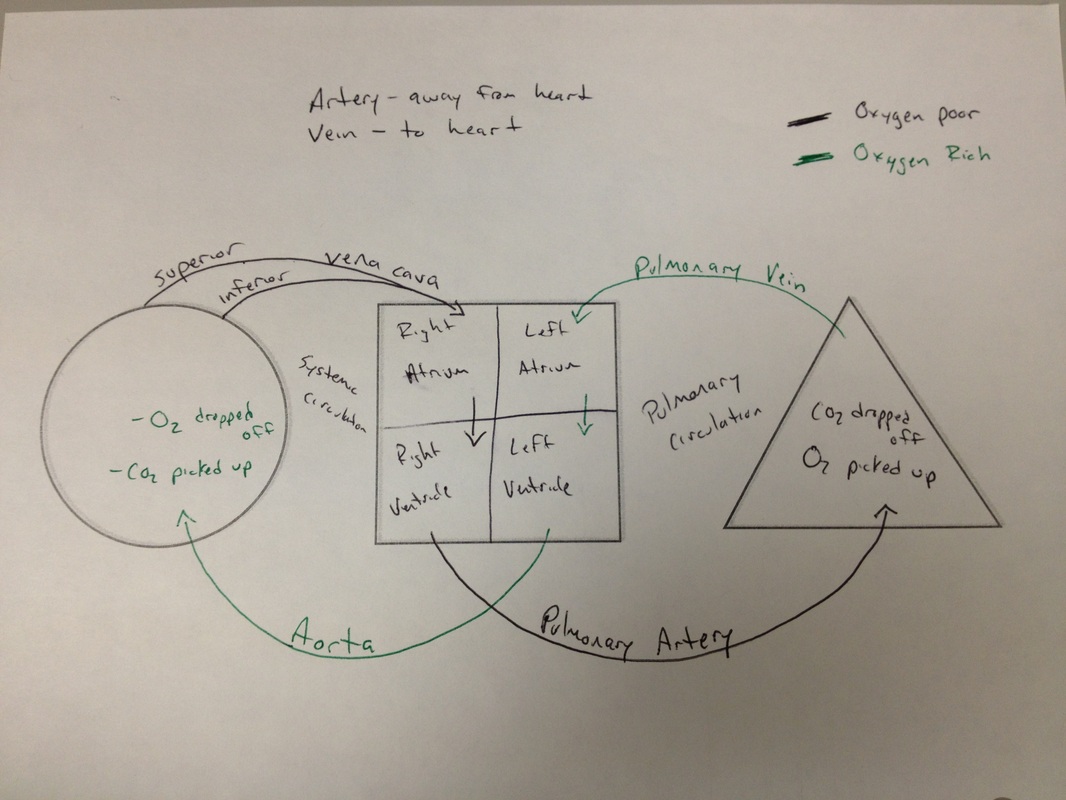transportBlood Vessels and Blood Circulation
The blood vessels are an important part of the cardiovascular system. They connect the heart to every cell in the body. Arteries carry blood away from the heart, while veins return blood to the heart.
The main arteries and veins of the heart are shown in Figure below The right side of the heart pumps deoxygenated blood into pulmonary circulation, while the left side pumps oxygenated blood into systemic circulation.
IMPORTANT ARTERIES AND VEINS
There are specific veins and arteries that are more significant than others. The pulmonary arteries carry oxygen-poor blood away from the heart to the lungs. These are the only arteries that carry oxygen-poor blood. The aorta is the largest artery in the body. It carries oxygen-rich blood away from the heart. Further away from the heart, the aorta branches into smaller arteries, which eventually branch into capillaries. Capillaries are the smallest type of blood vessel that connects very small arteries and veins. Gases and other substances are exchanged between cells and the blood across the very thin walls of capillaries. The veins that return oxygen-poor blood to the heart are the superior vena cava and the inferior vena cava. The pulmonary veins return oxygen-rich blood from the lungs to the heart. The pulmonary veins are the only veins that carry oxygen-rich blood. PULMONARY CIRCULATION Pulmonary circulation is the part of the cardiovascular system that carries oxygen-poor blood away from the heart and brings it to the lungs. Oxygen-poor blood returns to the heart from the body and leaves the right ventricle through the pulmonary arteries, which carry the blood to each lung. Once at the lungs, the red blood cells release carbon dioxide and pick up oxygen when you breathe. The oxygen-rich blood then leaves the lungs through the pulmonary veins, which return it to the left side of the heart. This completes the pulmonary cycle. The oxygenated blood is then pumped to the body through systemic circulation, before returning again to pulmonary circulation. SYSTEMIC CIRCULATION Systemic circulation is the part of the cardiovascular system that carries oxygen-rich blood away from the heart, to the body, and returns oxygen-poor blood back to the heart. Oxygen-rich blood leaves the left ventricle through the aorta. Then it travels to the body's organs and tissues. The tissues and organs absorb the oxygen through the capillaries. Oxygen-poor blood is collected from the tissues and organs by tiny veins, which then flow into bigger veins, and, eventually, into the inferior vena cava and superior vena cava. This completes systemic circulation. The blood releases carbon dioxide and gets more oxygen in pulmonary circulation before returning to systemic circulation. Summary
blood diseasesProblems can occur with red blood cells, white blood cells, platelets, and other parts of the blood. Many blood disorders are genetic, meaning they are inherited from a parent. Some blood diseases are caused by not getting enough of a certain nutrient, while others are cancers of the blood.
ANEMIA Anemia is a disease that occurs when there is not enough hemoglobin in the blood to carry oxygen to body cells. Hemoglobin is the blood protein that normally carries oxygen from the lungs to the tissues. Anemia leads to a lack of oxygen in organs. Anemia is usually caused by one of the following:
Anemia may not have any symptoms. Some people with anemia feel weak or tired in general or during exercise. They also may have poor concentration. People with more severe anemia often get short of breath during times of activity. Iron-deficiency anemia is the most common type of anemia. It occurs when the body does not receive enough iron. Since there is not enough iron, hemoglobin, which needs iron to bind oxygen, cannot be made. In the United States, 20 percent of all women of childbearing age have iron-deficiency anemia, compared with only 2 percent of adult men. The most common cause of iron-deficiency anemia in young women is blood lost during menstruation. Iron deficiency anemia can be avoided by getting the recommended amount of iron in one's diet. Anemia is often treated or prevented by taking iron supplements. Boys and girls between the ages of 9 and 13 should get 9 mg of iron every day. Girls between the ages of 14 and 18 should get 15 mg of iron every day. Boys between the ages of 14 and 18 should get 11 mg of iron every day. Pregnant women need the most iron—27 mg daily. Good sources of iron include shellfish, such as clams and oysters. Red meats, such as beef, are also a good source of iron. Non-animal sources of iron include seeds, nuts, and legumes. SICKLE-CELL ANEMIA Sickle-cell anemia is a blood disease that is caused by an abnormally-shaped hemoglobin protein in red blood cells. Many of the red blood cells of a person with sickle-cell anemia are long and curved (sickle-shaped), as shown below. The long, sickle-shape of the cells can cause them to get stuck in narrow blood vessels. This clotting means that oxygen cannot reach the cells. People with sickle-cell anemia are most often well but can occasionally have painful attacks. The disease is not curable, but it can be treated with medicines. BLOOD CANCER
Leukemia is a cancer of the blood or bone marrow. It is characterized by an abnormal production of blood cells, usually white blood cells. Lymphoma is a cancer of a type of white blood cell called lymphocytes. There are many types of lymphoma. HEMOPHILIA Hemophilia is the name of a group of hereditary diseases that affect the body's ability to control blood clotting. Hemophilia is caused by a lack of clotting factors in the blood. Since people with hemophilia cannot produce clots, any cut can put a person at risk of bleeding to death. The risk of internal bleeding is also increased in hemophilia, especially into muscles and joints. Vocabulary
source |
CirculationFiles:
practice files will be updated shortly
Helpful linksVocabularyBlood Vocabulary
Circulatory System Vocabulary
| ||||||||||||||||||||

